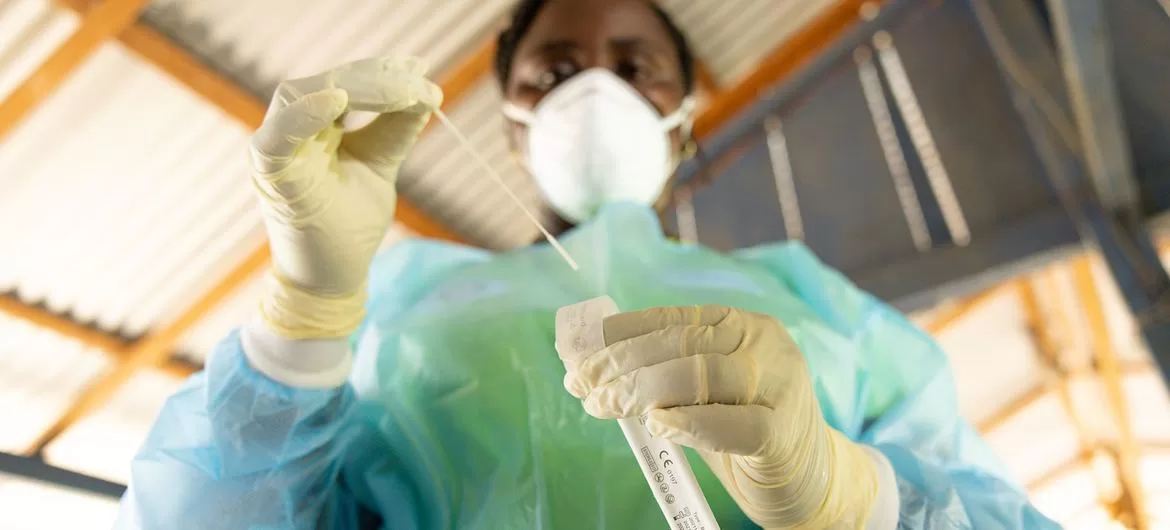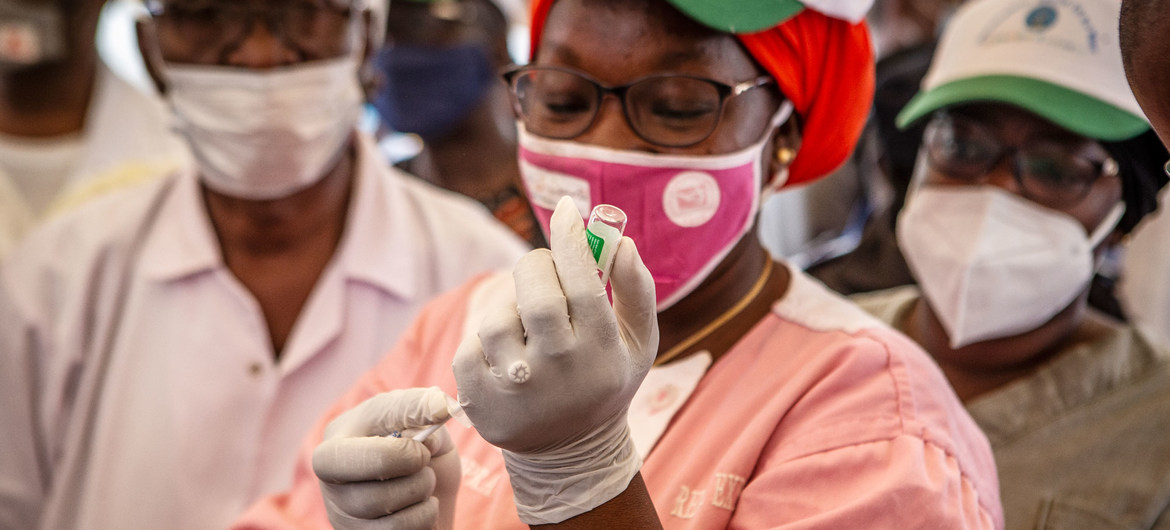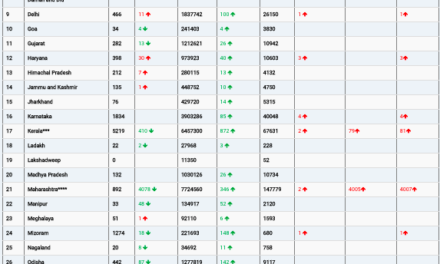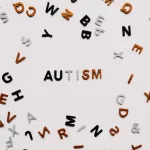Health
Epidemiologists and researchers briefing the UN General Assembly in the first of its kind science session earlier this week, called for pathogen surveillance and an open-source global early warning system that would include data from a wide range of sources and streams.
Participants in a panel headlined, Challenges and Opportunities in Creating an Early Warning System for Global Pandemics, on Tuesday warned that we are witnessing the dismantling of essential infectious disease monitoring programmes, at a time when climate change is driving greater risks to public health.
“Any platform will need to include data from outside of traditional public health epidemiology, specifically about land and water use changes affected by climate,” Jim Golden, the Chief Data Officer of Pandemic Prevention Initiative at the Rockefeller Foundation, told an audience of Member States, Observers and Civil Society Organizations.
‘Data philanthropy’ reset
He called for “data philanthropy”, a concept which refers to private companies sharing data for public good, and new logistics of how that data is stored and shared in a “sovereign” and equitable way.
Data sovereignty is linked to data security and refers to the idea that the data is subject to the laws and governance structures of the nation where it was collected.
“We need new global digital collaboration”, Dr. Golden said. “A global network of researchers connected through an open-source data science platform capable of quantifying, modeling and ultimately solving any climate and health problem at any scale.”
Also speaking on the panel, Niamh O’Hara, CEO and co-founder of health tech company Biotia, stressed the importance of a “federated system” of data, particularly for international collaboration, where insights are connected and data sovereignty was preserved.
More data streams
“Any early warning system benefits from including genomics in combination with other data streams,” Dr. O’Hara said, such as land use and climate factors.
She spoke about some of the projects in which she is involved, among them checking the bird droppings and carrying out surveillance of viruses at avian migratory hotspots in Chile. She also cited data collection on co-infection of malaria and other viruses in patients, in rural communities in Nigeria.
About 17 per cent of all infectious diseases are vector-borne, meaning they transmit pathogens between humans or between animals and humans.
Such transmission is exacerbated by climate change and land use, said Rafael Maciel-de-Freitas, a researcher in public health at Instituto Oswaldo Cruz, Fiocruz (Brazil) and Institute for Tropical Medicine (Germany).
Zika in Brazil
He pointed to the transmission of Zika in Brazil, suspected to have been introduced into the country in 2013. More than 1,700 newborns have been diagnosed since then with congenital Zika syndrome.
While chemicals, pollutions or malnutrition could be factors, Dr. Maciel-de-Freitas said an early warning system could include piecing together data and identify micro-regions with higher incidence of Zika cases, and microcephaly in newborns – an abnormal smallness of the baby’s head, associated with the disease.
One of his current projects is developing an early warning system to identify dengue outbreaks – another mosquito-borne viral disease – on the border of Argentina and Paraguay.
The panelists also discussed early warning systems for bacteria and antibacterial resistance as measures which could save millions of lives.
Soojin Jang, the Head of Antibacterial Resistance Lab at the Institut Pasteur Korea said one of her projects includes researchers taking samples from toilets at hospitals, universities, markets and other public spaces to look for what types of pathogens are in communities and, on a wider scale, to check levels of anti-bacterial resistance.
Tracking antibiotic resistance
“Targeting antibiotic resistance can also benefit from an early warning system,” Dr. Jang said, adding that multi-layers of data need to be including, especially from local and community sources.
The concern is not a lack of data, scientist say. More than 5,000 pieces of information are analyzed daily, and interpreted by analysts around the world, according to Maria Almiron, Unit Chief of Health Emergency Information and Risk Assessment at the WHO Regional Office for the Americas.
She noted that there are opportunities for a global early warning system to help identify future outbreaks and pandemics, as well as challenges.
While new technologies can be used, such as AI, it is ultimately the availability of skilled people working together, that will determine the quality of data, and there might be immediate barriers due to a lack of political will or limited financing.

Trust and communication
“In every early warning system, collaboration, trust and timely communication is key,” Dr. Almiron called for modernization of the information system to improve data quality and availability.
The panel was the third of an all-day Science Briefing convened by the President of the General Assembly, Csaba Kőrösi.
In other briefings, Member States heard prominent scientists and academics discuss the economics of water, climate, conflict and cooperation.
Since taking office, President Kőrösi has said one of his priorities for the 77th session of the General Assembly would be injecting science and verified data into policy-making.
The General Assembly currently has three out of 16 mandated processes, or workstreams, focusing on health. These include pandemic preparedness, Global Health Coverage and Tuberculosis.












